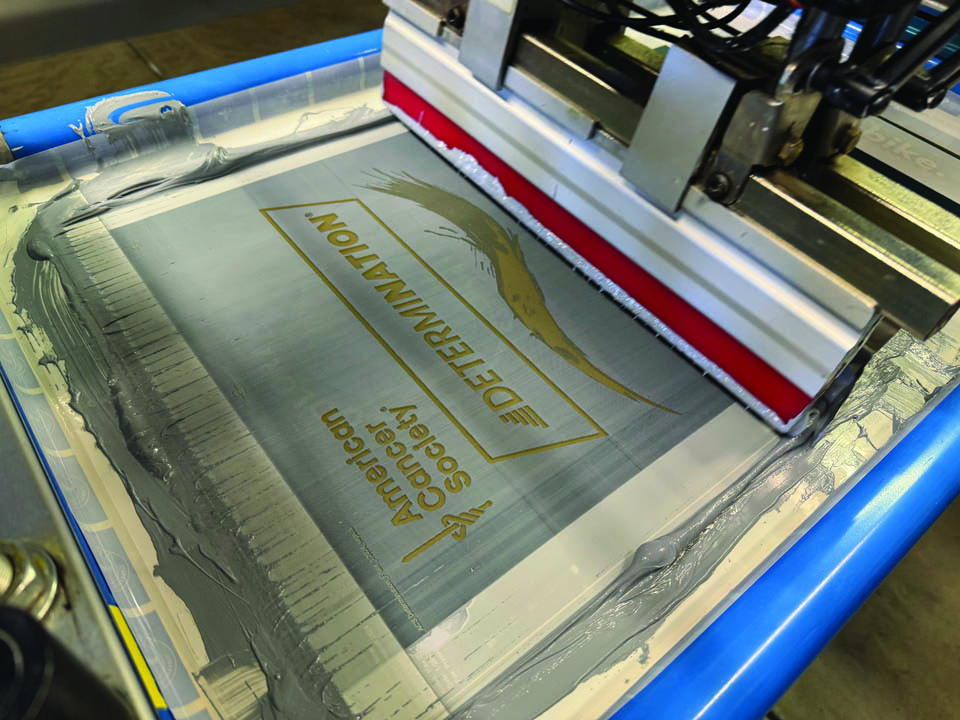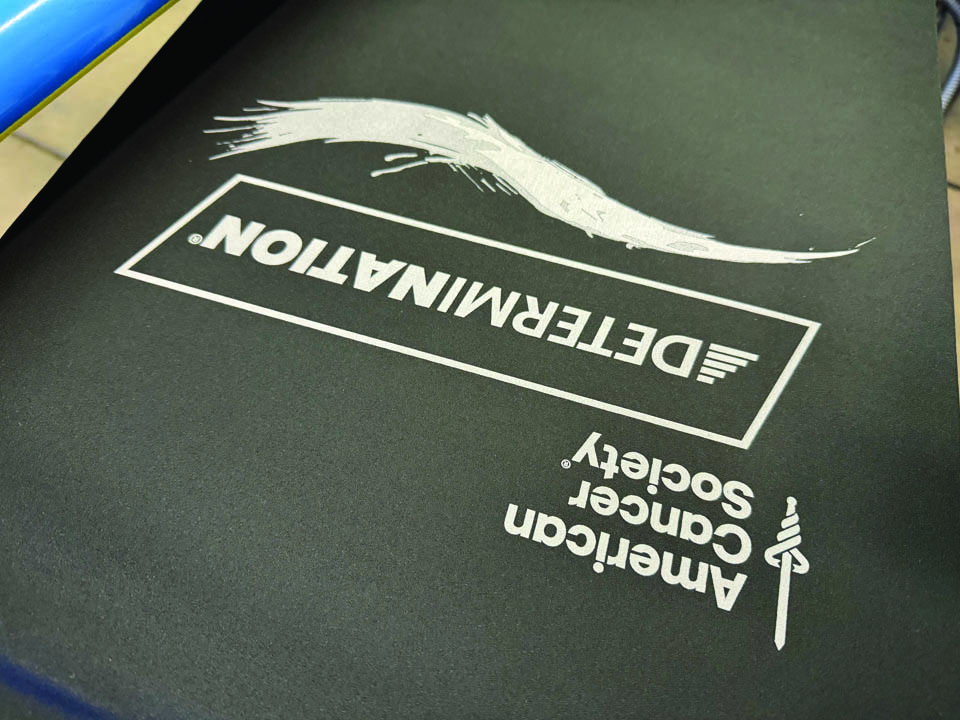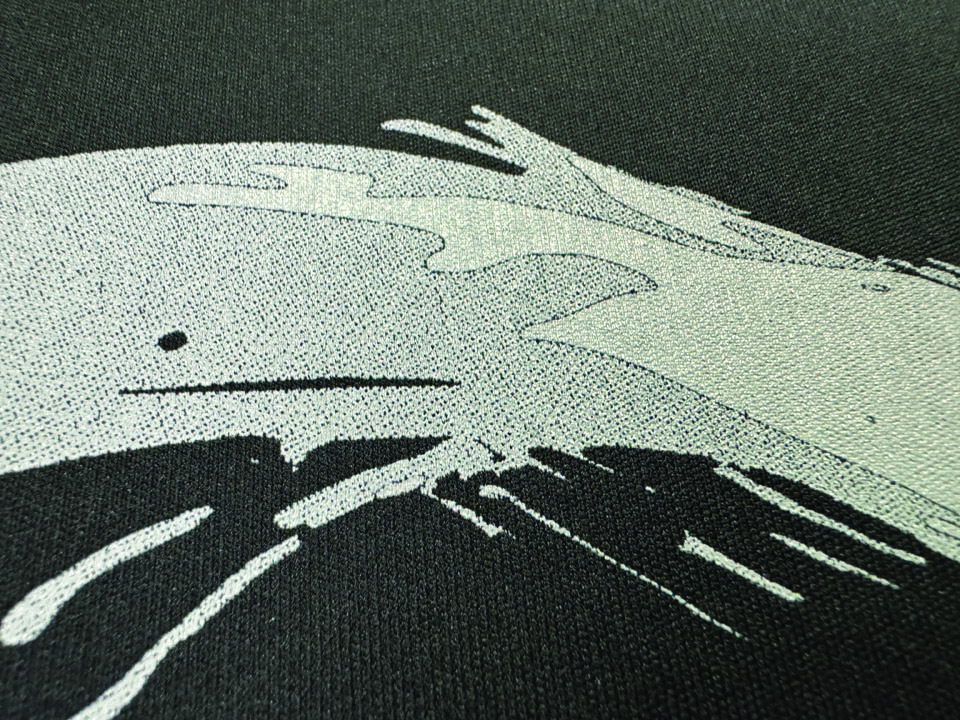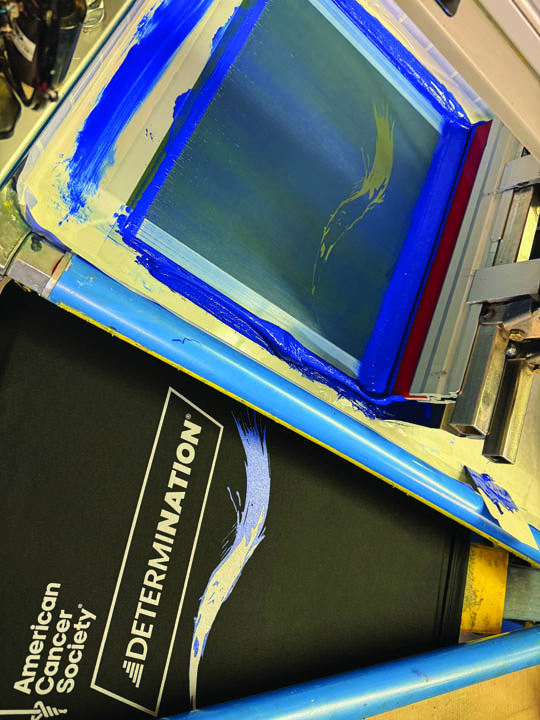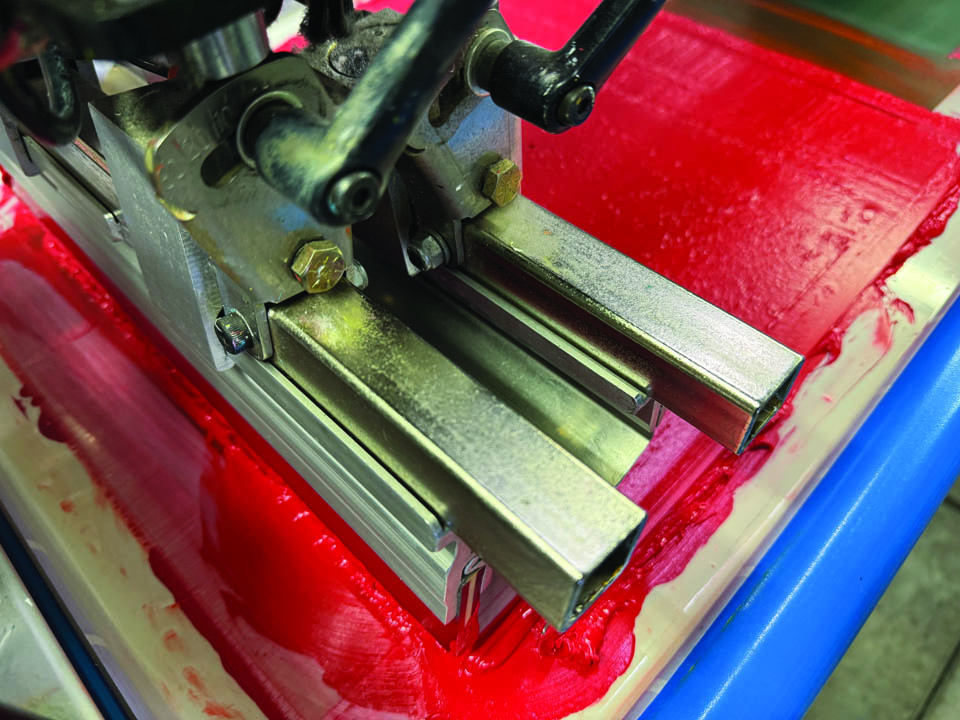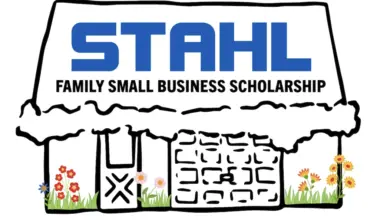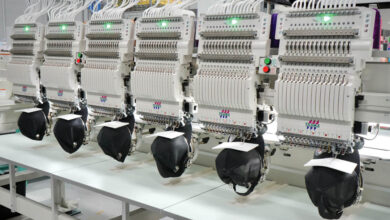DetermiNation is the American Cancer Society’s (ACS) sports endurance program. The sports include cycling, running, hiking, yoga, and more. The collective efforts of participating athletes raise funds to battle cancer. When a person joins DetermiNation, they not only participate in an endurance event, they push themselves to help save lives. Just like hard work goes into the training for athletes, the American Cancer Society provides breakthrough research, patient programs, and services. Together, they are relentless in the fight against cancer.
ACS’ DetermiNation
The ACS DetermiNation team and volunteers are dedicated to participation in marathons, triathlons, cycling races, and other endurance events to fight cancer. The athletes have access to professional training and unparalleled community of support and inspiration. A personal victory can change a life, but the finish line is just the beginning. Each win means a triumph over cancer. Every step we take brings us closer to a world without cancer. DetermiNation events occur in Chicago, New York, and Philadelphia. Mini-Series events are available nationwide as well.
In addition to training, time is dedicated to fundraising, as each DetermiNation event has a fundraising minimum.
When someone volunteers, they receive exclusive membership benefits including team training, social events, race weekend VIP amenities, a personal fundraising website, the opportunity to dedicate efforts in memory of someone, mentor support, and inspiration. Most important of all, though, they help save lives. Of course, an exclusive American Cancer Society DetermiNation racing shirt is part of the package. That’s where we come in.
Primal Wear, a 35-year customer that we write about from time to time, makes the clothing for this and are a sponsor for the ACS DetermiNation. We provide the apparel decorating services. As you might expect, many of these projects are on performance wear. Today’s performance trend has made a full turn to mainstream. They do present some unique challenges when decorated. This is not a new printing problem.
We began this project by downloading the original art files. Opening a new document to our template in Illustrator, we sized the imagery appropriately for each location. The files we had were all vector and in layers almost ready for output. We would build the white printer and blocker bases by building a composite of everything. Sometimes, we get a little comfortable doing things a certain way, especially if it has worked in the past.
These were on, shall we say, not the most expensive, navy, 100% polyester shirts. Likely a bleed or migration situation. When we run on dark polyester, we typically run a black blocker base. This sounds a bit counterintuitive as the ink is black, but it contains the most carbon, providing the best blocking.
On a normal white printer or base, we would put a stroke choke under colors and or a half tone under some of the colors to help with ink split from screen-to-screen during the wet-on-wet printing process. When we make a blocker base, we are careful with how we prepare it. We can’t let migration through the choked areas, gutters between colors, and the negative space of the half-tone coverage. We chose a solid black blocker base under everything and knew the edges wouldn’t peak on that dark fabric.
We placed the EPS files individually into Illustrator onto our registration board or template and output at 45 lpi (lines per inch) and 22.5 degrees on computer to screen (CTS).
Initial setup went black blocker, flash, royal, highlight white to include a base for the red, flash, and finally red. The squeegees were 65/95/65 triple-ply, dual-durometer on the bases and whites while 75/90/75s on the colors. We had the flood and squeegee speeds in the medium range. Simple enough, or so we thought.
Our clever approach completely failed. The royal on the base created bad stucco/orange peel texture during lift off and split. The white under the red created a pink mess, and the highlight white on top of the black blocker was not going to cut it opacity wise. We thought way too hard about this and had to go back to the drawing board.
Because the white was not bright enough, we went to a gray bleed-blocker, which is really the black blocker with poly white ink added. A bit less blocker but would help the hi-white.
For the royal orange peel/stucco issue, we ran a half-tone underlay. The shirts were navy, and if migration occurred through the negative space, it was blue on blue. We did this by selecting the royal on the base layer and changing the opacity to 50% in transparency.
While this was selected, we went to our stroke menu and added a 0.35 point stroke, we capped it with round cap, set the corners to round joint and aligned the stroke to the inside. This would compensate for the gray base peaking around the edges. We wanted the red to be rich, so we deleted it completely off of the highlight white and printed a more opaque version directly on the gray.
The printing technique and the surface of the fabric yielded a smooth and clean final print quality. We were able to minimize the heat by reaching gel temperature on the ink where it was just dry to the touch during flashing. The dryer had to be adjusted a bit as well to keep those dyes from releasing due to overheating.
The American Cancer Society’s DetermiNation Program is first and foremost a fundraising program and helps folks do the unthinkable, achieve the seemingly impossible, and change the course of cancer forever. Their triumph also means a triumph over cancer.

